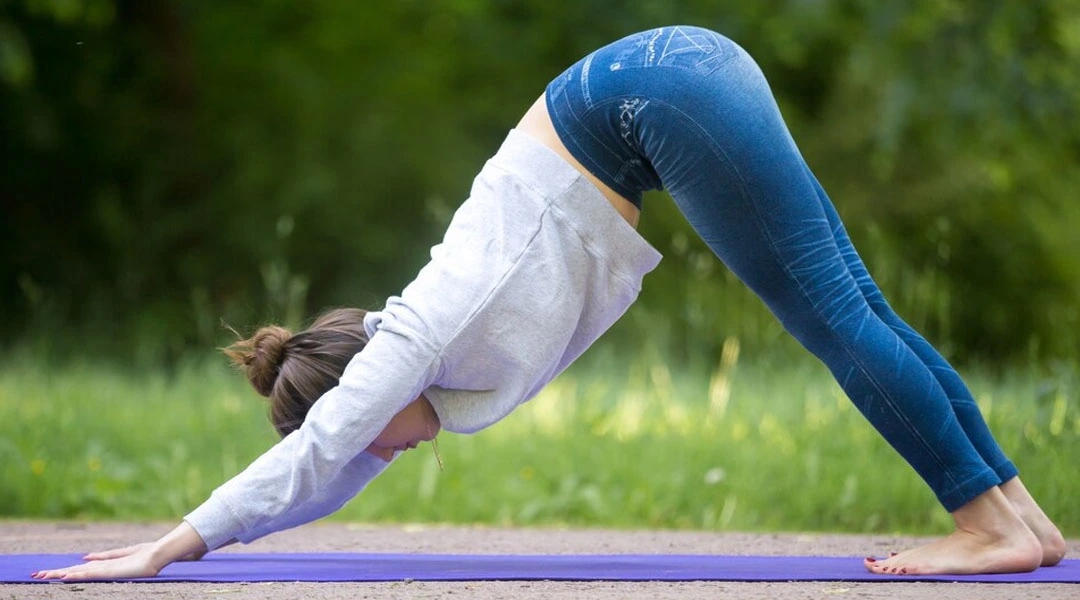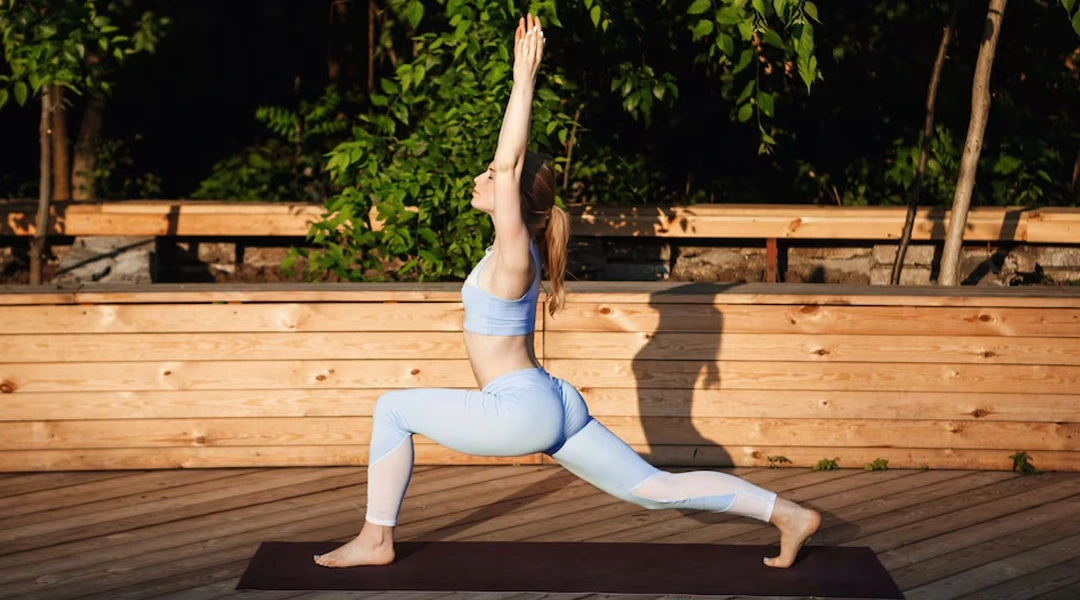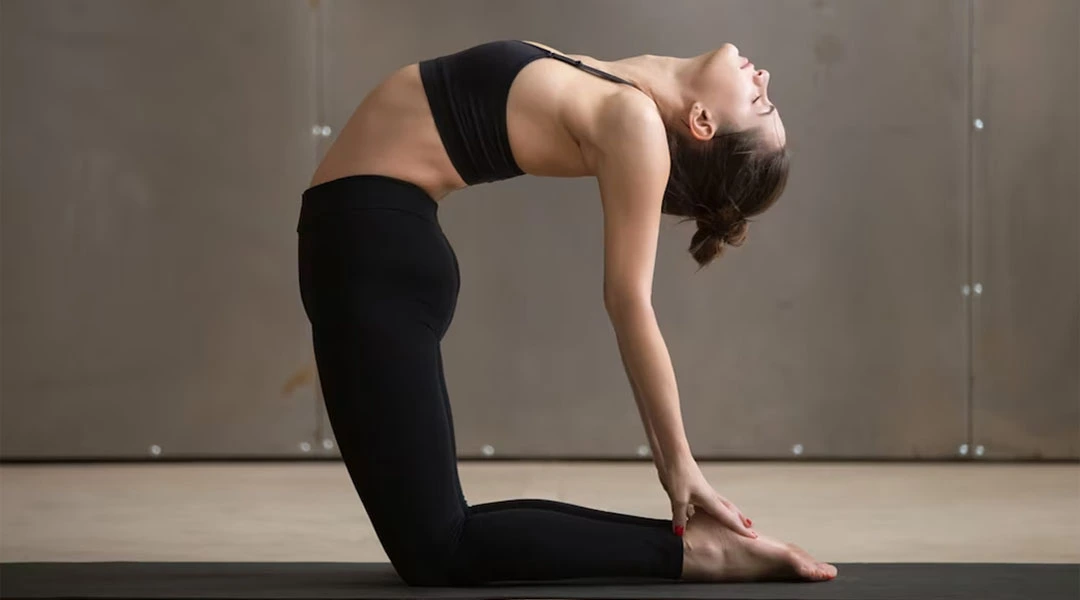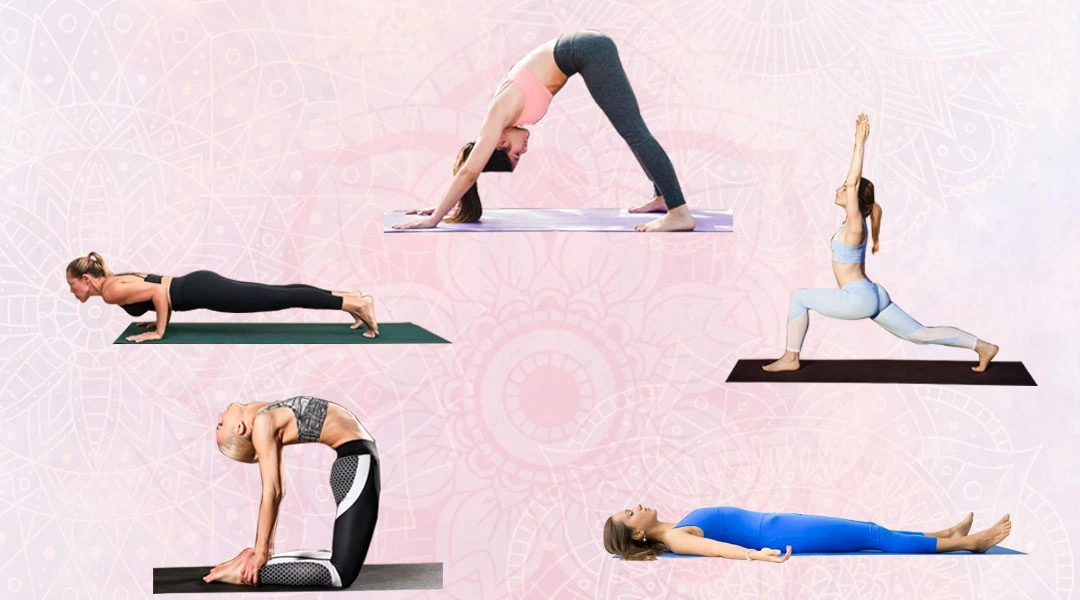Your time and energy are valuable when you’re an endurance athlete. Your day typically begins at 4 a.m., and training takes up more than 25 hours each week. That doesn’t even take into account your job, family time, sleeping, and all the other obligations that come with being an adult. Your eyes may roll back into your head if you have to squeeze in a yoga lesson on top of an already busy schedule.
The good news is that including yoga in your routine doesn’t have to entail travelling to a studio, setting up your mat and then wasting the next 60 minutes trying to bend, balance, and move your body in ways you never imagined were possible.
Yash Birla, the fitness enthusiast, suggests these five yoga poses for endurance athletes that can be performed at home, on your own time, and in 15 minutes. They’ll help you gain strength, accelerate your speed, recover more quickly, and prevent those dreaded garbage miles.
5 yoga poses for endurance athletes
Ado Muka Svanasana (Downward Facing Dog)

If you feel like you’re exerting a lot in this pose, then you are. Do not assume that a pose is simple because it is well-known. There are many things going on, so let’s concentrate on a few. Press your hands down, spreading your fingers wide, and allow the power of your arms to lift your tailbone to the heavens. Hamstring pain? Me too. Once your spine starts to stretch, flex your knees. A downward-facing dog will naturally traction your back without the need for chiropractic care because endurance athletes spend a lot of time pounding the pavement.
Chaturanga Dandasana (Four-Limbed Staff Pose)

Yoga requires a lot of strength; it’s not only about flexibility. Arrive at Chaturanga. Pull your belly button into your lower back as you lower into Chaturanga while squeezing your elbows into your sides. Your body will be more stable if you strengthen your core. This is crucial for your lengthier exercises when form starts to deteriorate due to exhaustion. By holding this position, you develop muscle memory that enables you to maintain core stability throughout the duration of your workouts.
Anjaneyasana (Crescent Lunge)

You’ll gain more than you would imagine by bending your back knee. Pull your front heel back as you assume the posture and tuck your back kneecap in. Start pressing your hips forward while raising your arms straight up. Feel that? On the front of your back leg, that is your hip flexor. Running is a repetitive motion that shortens this muscle group. Your hip flexors will provide you with more power if you can stretch and extend them more frequently.
Ustrasana (Camel Pose)

It will be challenging for most endurance athletes to do this. Any exercises that open the heart will be challenging for us because we spend so much time slumped over, shoulders in, and chest down. It’s worthwhile to stick with me. Kneel down on the floor with your legs hip-width apart. Put your hands on your low back while keeping your hips directly over your knees. Even though this is a chest opener, your core still needs to be engaged; picture your Chaturanga belly. Pull your shoulders back and lift your chest centre from this position. Opening up your chest will not only help you break some of your training habits, but it will also provide you with greater breathing room by default. Greater oxygen = greater strength.
Savasana (Corpse Pose)

Yash Birla believes that the hardest training day is a rest day, not the seven-hour brick exercise or the 4,000-meter swim. Each one on the training plan is something we eagerly anticipate, and when it finally comes, we almost lose our minds. No matter how hard you exercise, recuperation is essential to reaching your objectives. Spend some time doing absolutely nothing. I’ll say it again: nothing. Close your eyes and lie on your back with your palms facing the sky. Although it’s extremely challenging, isn’t it the reason we were drawn to endurance sports in the first place?








Leave A Comment